Peugeot’s Hypersquare steering wheel was unveiled at the VivaTech 2024 trade show last month alongside the new Peugeot Inception concept car. With its rectangular shape and futuristic appearance, the Hypersquare promises to redefine the driving experience. We spoke with Jérôme Micheron, Product Director at Peugeot, to learn more about the features of this innovative steering wheel that will equip the brand’s first models in 2026.
Hicham Dhouibi contributed to this interview.
It will be featured on Peugeot’s production models starting in 2026. The Hypersquare, the brand’s future steering wheel, is set to radically transform the driving experience. With its rectangular shape and intuitive controls at each corner, it promises easier, more ergonomic, and more intuitive driving. After being unveiled at CES Las Vegas in 2023, it was presented last month at the VivaTech trade show in Paris.
Drive-by-Wire vs. Steer-by-wire
The electric revolution goes hand in hand with the emerging drive-by-wire system in automobiles, similar to the fly-by-wire in aviation at its time.
Drive-by-wire
DBW replaces conventional mechanical systems, such as the throttle pedal linkage, with electronic sensors and actuators. Pressing the accelerator pedal sends an electronic signal to the engine control unit which then adjusts the throttle electronically. This system can enhance vehicle performance, fuel efficiency, and safety by optimizing engine response and integrating with other vehicle systems.
Drive-by-wire systems are commonly found in modern vehicles. But another system, the steer-by-wire technology is emerging and undergoing development for widespread use. And Peugeot is highly focusing on this system for its Hypersquare.
Steer-by-wire
SBW replaces the mechanical steering linkage, including the steering column and rack-and-pinion setup, with electronic components. Instead of directly connecting the steering wheel to the steering mechanism, steer-by-wire systems use electronic sensors to detect steering input and actuators to turn the wheels accordingly. This system often includes redundancy and fail-safe mechanisms to ensure safety in case of electronic or mechanical failures.
SBW systems can potentially improve vehicle handling and maneuverability by adjusting steering feel and response based on driving conditions.
Released in 2026
Peugeot presented it at CES in 2023, and they unveiled it this year along with the Peugeot Inception at VivaTech in Paris. While they tout it as the steering wheel set to revolutionize the electric car of tomorrow, for Peugeot, it represents the logical continuation of their i-Cockpit concept born a decade ago.
The brand plans to equip all models released after 2026 with this steering wheel.

Could you introduce us to the Hypersquare?
Jérôme Micheron: “The Hypersquare is a rectangular steering wheel with four circular controls at each corner. There are extremely simple commands in each of these circles. Our aim is not to disrupt customers but to allow them to rely on their instincts. For example, one circle will control the volume, another will manage the cruise control settings, and another will enable you to switch from radio to streaming. Our philosophy is that technology should serve pleasure and simplify life. We aim to keep things intuitive and ergonomic, making vehicle control much lighter.”
Why this steering wheel with this unique format?
Jérôme Micheron: “Today, we’re amidst an energy transition, wherein we’re crafting electric vehicles using electric platforms that unlock novel interior space potentials. This shift also prompts a reassessment of the driving experience. As we engage with customers, it’s evident that they anticipate their next vehicle to be electric. However, there’s a concern about the potential homogenization of cars. Additionally, there’s apprehension regarding technology potentially losing its warmth, leading to an inundation of screens and overwhelming information. In response, we’ve introduced the Inception concept at VivaTech, featuring a design ethos that reaffirms the future of automobiles can still deliver enjoyment. We’re not simply adding more screens. Within this framework of technology enhancing pleasure, the Hypersquare assumes a significant role.”
What role will the Hypersquare play?
Jérôme Micheron: “The Hypersquare represents a revolutionary shift with its rectangular design. However, its true innovation lies in its integration with Steer-by-Wire technology, which is reshaping the dynamics of driving. Unlike traditional mechanical connections between the steering wheel and wheel axes, we’ve embraced a fully digital approach, facilitated by connectors. This translates to a whole new way of driving, where gestures replace conventional mechanics. Consequently, the technology’s value lies in its ability to facilitate more precise and less fatiguing gestures while ensuring responsiveness.”
Will the driver still experience the sensation of the road?
Jérôme Micheron: “Yes, we are not completely transforming the relationship with the road. There is indeed this feeling; we tested it with clients of different profiles, young generations, seniors, and clients from different countries because we know that the relationship with driving varies. It’s a real transformation; clients experienced it as a technological revolution with real benefits.”
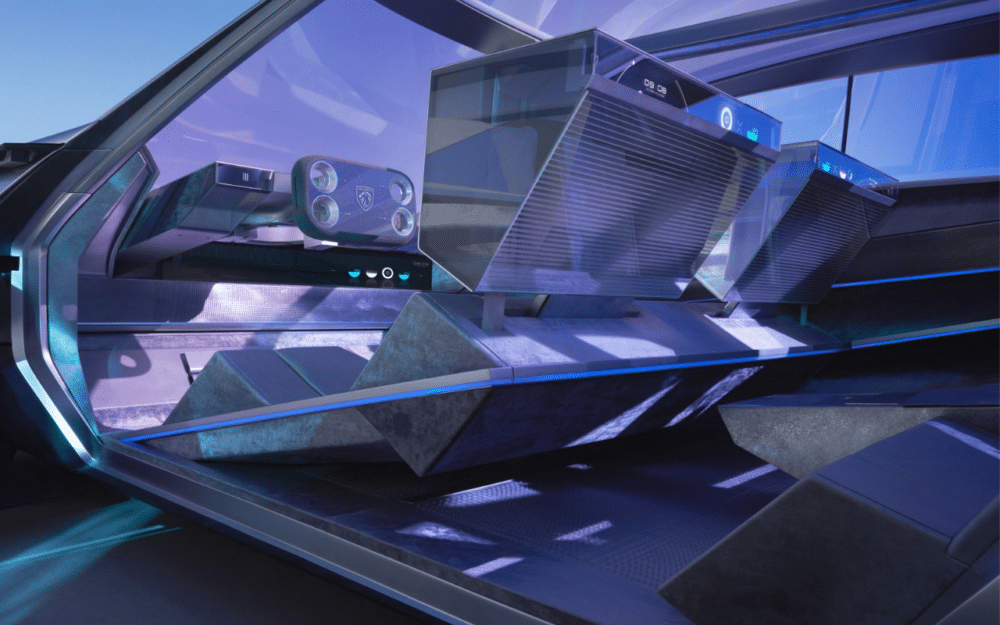
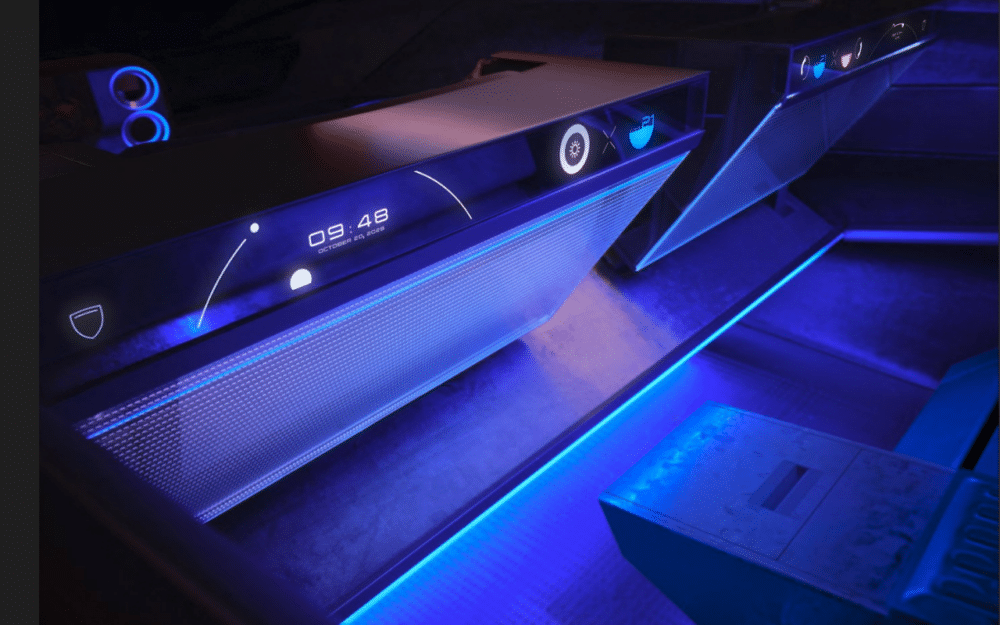

How do you perform maneuvers?
Jérôme Micheron: “If you’re navigating roundabouts or parking in general, with a conventional steering wheel, you make one and a half turns. However, with the Hypersquare, it adjusts accordingly, offering maximum control. The movement of the steering wheel adapts based on the vehicle’s speed, and the learning curve is remarkably swift. Clients describe it as a revolutionary driving experience, highlighting its ease of maneuverability, the agility it provides while driving, and the enjoyable sensation of driving with significantly less effort.”
How to operate the turn signals and windshield wipers?
Jérôme Micheron: “We’re planning a redesign, but we’ll retain familiar gestures. The two small stalks will still be there, but we’ll approach them with a highly technological perspective. We view them as reflex actions. The easiest action is to move them up or down. If we complicate things, it goes against our objectives. Furthermore, we can observe that Europe is considering limiting functions that would be entirely shifted to a screen. We aim to strike the right balance, ensuring that it’s ergonomic, intuitive, and user-friendly. We’re not attempting to introduce new reflexes.”
Where is the airbag located?
Jérôme Micheron: “It will be in the Hypersquare, like the horn. As I mentioned, there are heritage gestures that we want to preserve. If we have to think about where the horn is, then we have a problem.”
What benefits does the rectangular shape offer compared to the traditional round steering wheel used in cars since their inception? Does this shape better accommodate the advantages you’ve described earlier than the conventional round steering wheel? Is it intended to evoke entertainment concepts, such as tablets or video games, or could you have achieved similar outcomes with a round steering wheel?
Jérôme Micheron: “This design choice is rooted in the steer-by-wire technology. This grants us unprecedented freedom in shaping it, primarily to ensure its ergonomic functionality. While we could have opted for a round shape, what we deemed crucial was for its form to symbolize this transformative shift. Our inspiration also drew from the digital realm, but with a design ethos that prioritizes functionality. Hence, we incorporated circles where thumbs can rest, each designated for specific functions. This deliberate layout eliminates the need for navigating through complex menus; essential controls like volume and navigation are intuitively placed, facilitating a seamless user experience. Therefore, this design embodies a conscious effort to signify a departure from traditional driving paradigms.”
With this technology, the steering column disappears, leading to increased space within the vehicle. Will this result in a lighter overall weight for the vehicle?
Jérôme Micheron: “Everything is done in this logic of the relationship to driving. So it wasn’t done at all with a logic of mass gain.”
Given the absence of mechanical systems, if the car’s battery depletes, maneuvering the wheels with the steering wheel becomes impossible because a signal is now required to activate the wheels.
Jérôme Micheron: “Today, we have what we call a turtle mode on the batteries, which means the car won’t suddenly stop. You have a series of alerts. The car will decrease its speed, and you can park calmly. The Hypersquare won’t shut down before the car does.”
Certainly, but today, electric vehicles can be moved when they run out of battery.
Jérôme Micheron: “Today, moving an electric car when it’s stationary is challenging due to the electric brake.”
Can the commands of the Hypersquare be customized?
Jérôme Micheron: “For now, we want it to be quite simple. Upon its release in 2026, this steering wheel will come with a range of Stellantis technology platforms, such as Stella Brain or StelleSmart Cockpit, which we’re developing. These platforms will enable users to adjust settings. However, at this point, our goal is to avoid unnecessary complexity and ensure that the steering adjustment is done correctly.”
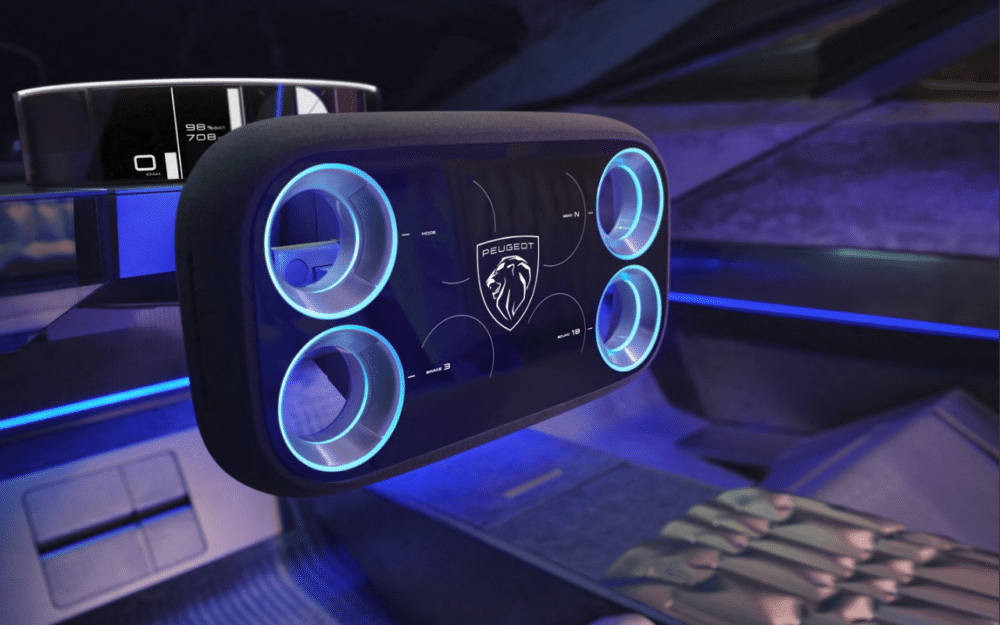
The Hypersquare will be available in 2026. Are there specific models that will receive it first?
Jérôme Micheron: “I’m not going to reveal everything. We still have time. The only thing I can tell you is that it’s coming in 2026 on a high-volume production vehicle. We’re not in an elitist approach to a high-end model. We aim to offer it to as many people as possible, so it will be a high-volume vehicle. It’s a technology that has a cost, but we believe that Peugeot’s techno positioning allows us to put it in our cars.”
And could it be an option in the future?
Jérôme Micheron: “We’ll tell you that later. For us, it’s the evolution of the i-Cockpit. All the cars following the car that will be launched in 2026 will be equipped with it.”
Tesla and Toyota are also using steer-by-wire. So, do you think it’s the next revolution in automobiles?
Jérôme Micheron: “I would remain quite cautious. We do see that other manufacturers are also achieving it and putting it in some vehicles. Tesla has made several attempts. They have implemented steer-by-wire and they have put a steering wheel, the Yoke, without steer-by-wire. We are convinced that the Hypersquare needs to be paired with the technology because they go hand in hand.”
By employing technology inspired by video game conventions, are you intending to appeal to younger consumers who are showing less interest in car ownership and obtaining driver’s licenses?
Jérôme Micheron: “It’s not just the codes of video games, it’s also the logic of tablets and control. It’s mainly inspired by digital. Younger people will see a reference to tablets, and video games. Those who are a bit older will see a digital reference to an iPad. We have multiple references. For us, the most important thing is to find benefits in technology. We don’t just stack up technologies; we’ve made a very selective choice of technology to improve and evolve driving. Indeed, the young people we tested it with loved it.”
Are automotive companies transitioning and becoming tech companies?
Jérôme Micheron: “In today’s automotive landscape, the emphasis is on digital advancements and the electronic framework of vehicles. The primary expectation for cars now is seamless integration of digital features, ensuring connectivity and a hassle-free experience. However, we’re cautious not to overload the car with excessive technology. While there’s a trend towards larger screens and more features, we believe in maintaining focus on driving. Customer preference leans towards simplicity and hyper-intuitive interfaces in all human-machine interactions. Therefore, our challenge lies in integrating functions that meet these expectations with features like intelligent trip planners and plug & charge capabilities. This demand for smart, intuitive integration is evident. However, we’re navigating different timelines between hardware and software development. The car’s hardware is the historical world, with plastic, metal, and specific cycles. The software demands rapid updates and developments. And this requires new skills.”
Did you develop the Hypersquare internally?
Jérôme Micheron: “Yes, we developed it internally with our skills. It’s a Peugeot innovation.”
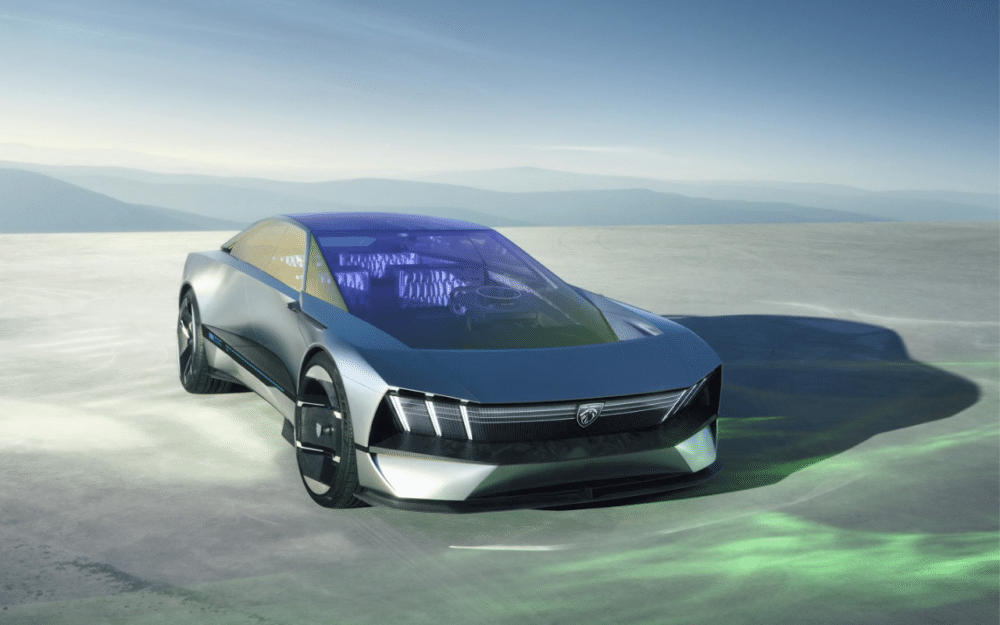
As we delve into technological innovations in today’s automotive sector, the focus has shifted from the car itself to the cockpit experience. Does the effort invested in enhancing cockpit performance detract from improving vehicle weight and incorporating more eco-friendly materials?
Jérôme Micheron: “Our objectives encompass various aspects. Regarding materials, we strive for a percentage of green materials in our vehicles. For instance, the e3008 we’re introducing contains 23% of its mass composed of green materials. We aim to enhance this percentage with each successive car launch. Another critical aspect is achieving carbon neutrality. Stellantis has set a target of reaching carbon net zero by 2038, with a milestone in 2030 aiming for a reduction of 50%. Achieving carbon neutrality entails considerations such as materials and weight reduction, all pursued concurrently without sacrificing one aspect for the other.”
Is the presence of a steering wheel still crucial in autonomous vehicles?
Jérôme Micheron: “When it comes to autonomous vehicles, we’re navigating through various stages. We introduce our cars when we have clear benefits for customers and functions that can be easily integrated. Therefore, it’s evident that nowadays, customers automatically associate electric vehicles, interior advancements, and cockpit evolution with autonomous driving. This integration is part of one of the third-party platforms that Stellantis is currently developing, known as Stella Auto Drive. Through this platform, we’re progressively moving towards vehicles with increased autonomy in driving, albeit with certain delegated responsibilities.”





![Image [BUYING GUIDE] How to Choose the Right Industrial Robot?](/wp-content/uploads/sites/3/Industrial-Robot-320x213.jpg)
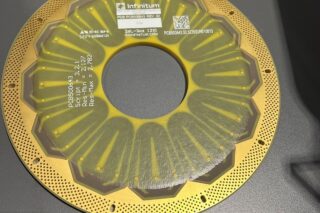
![Image [Buying Guide] How to Choose the Right Safety Shoes?](/wp-content/uploads/sites/3/Safety-Shoes-320x213.jpg)

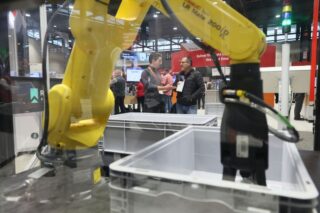
![Image [Buying Guide] How to Choose the Right AMR?](/wp-content/uploads/sites/3/AMR-320x213.jpg)